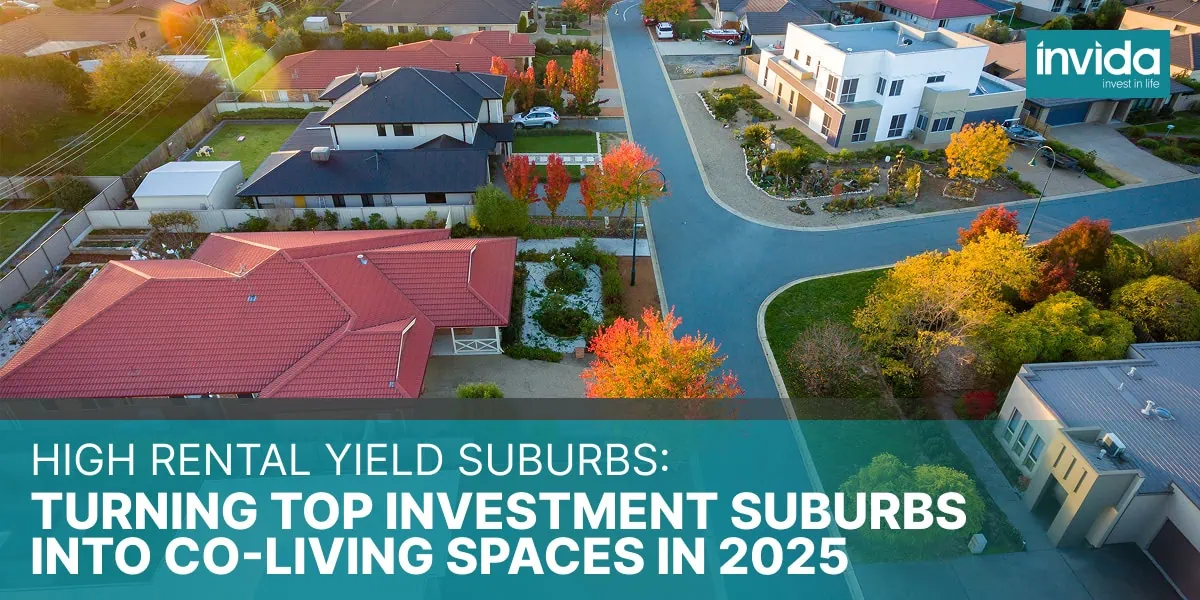Co-living investing is gaining serious momentum as a smart, high-yield strategy for modern property investors. In a time of tightening rental markets and growing affordability pressures, this unique model is emerging as a compelling way to meet tenant demand while unlocking strong, consistent cash flow.
Whether you’re looking to diversify your portfolio, tap into a new property trend or simply maximise returns in a challenging economic climate, coliving investing could be your next strategic move.
What’s Driving the Surge in Co-living Investing?
The surge in co-living investment is being driven by major shifts in housing demand and rental market conditions. As affordability worsens and vacancy rates tighten, both tenants and investors are turning to smarter, more flexible living arrangements that deliver better value.
- Rental shortages across urban and regional areas have pushed vacancy rates to record lows.
- Tenants are actively seeking more affordable, flexible housing alternatives that still offer comfort and community.
- Co-living homes – featuring private, lockable rooms with ensuites and shared kitchens/living spaces – meet these needs perfectly.
- Broad tenant appeal includes young professionals, essential workers and single retirees drawn to lower costs and convenience.
- Strong investor returns:
- Gross rental yields typically range from 6% to 15%.
- Fully leased co-living homes can earn 1.5x to 2x the rental income of comparable traditional properties in high-demand markets.
Unlocking High Returns with Co-living Property Investment
One of the biggest advantages of co living property investment is the cash flow potential. Instead of relying on a single tenant or family, you can lease each room individually. This means that a single dwelling can support three to five separate rental incomes. This multiplies your return without significantly increasing your overheads.
Vacancy risk is also reduced. Even if one tenant moves out, the remaining occupants help maintain income stability. When managed well, co-living homes stay near full capacity year-round, particularly in areas experiencing rapid population growth or high rental stress.
Because of this, more investors are turning to co-living investing as a reliable way to boost cash flow and reduce income volatility – especially in today’s unpredictable interest rate environment.
Overcoming the Challenges of Co-living Investing
Of course, co-living investing isn’t without its complexities. Managing shared living spaces requires more attention to detail than standard rentals. You’ll need to factor in cleaning, maintenance and utilities, as well as provide furnishings and reliable internet.
Compliance is another key consideration. Local councils may have specific requirements for co-living or rooming houses, including minimum room sizes, smoke alarms and parking provisions. It’s crucial to work with professionals who understand the local regulations and can guide you through the process.
Fortunately, INVIDA offers turnkey solutions that cover everything from design and compliance to ongoing tenant management. This helps you scale your investment without the day-to-day stress associated with property management.
What Co-living Success Looks Like

Success Stories of Co-living Investing
In today’s market, co-living isn’t just a theory. It’s a proven model delivering solid returns in high-demand suburbs. Properties designed specifically for co-living are achieving weekly room rents of $300 to $350, even in locations where the median rent for a traditional home is over $650 per week.
These modern homes attract tenants quickly, often with waiting lists. Features like private bathrooms, secure entries and generous communal areas make them especially appealing, while inclusive bills and shorter leases offer the flexibility renters want.
Some properties have even been retrofitted from older homes. This demonstrates that co-living can work in both new builds and conversions. Investors are seeing value uplift not just in rental income, but also in property valuation once fully tenanted.
Why Coliving Investing Makes Sense Right Now
Now more than ever, coliving investing is becoming a timely strategy. The combination of tight rental supply, rising cost-of-living pressures and changing tenant preferences is pushing the market toward more efficient, affordable living options.
From an investor’s perspective, the co-living model offers a rare opportunity to achieve both positive cash flow and long-term capital growth. As more councils begin to embrace alternative housing solutions and planning pathways become clearer, the barriers to entry are lowering.
With high-yielding areas already emerging as hotspots for co-living success, the early adopters are well-positioned to reap the benefits before the market becomes saturated. If you want to get in on this strategy before market saturation does happen, you can reach out to our team here at INVIDA to schedule a strategy call.





